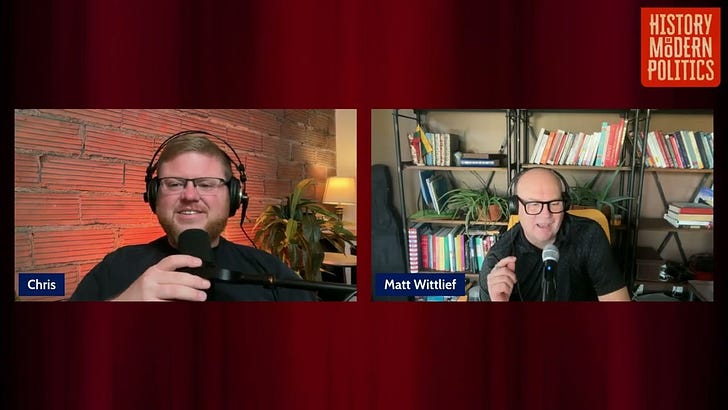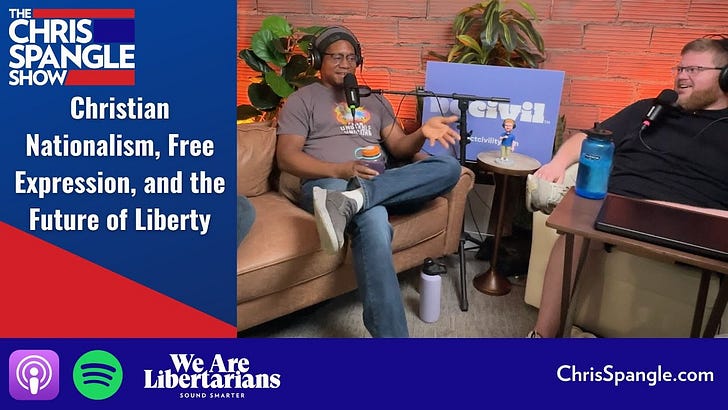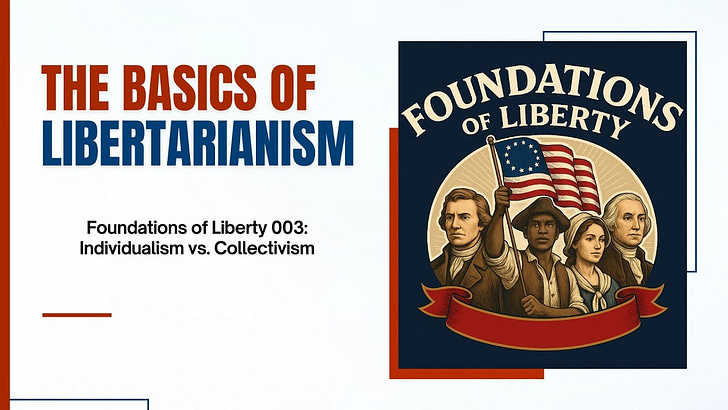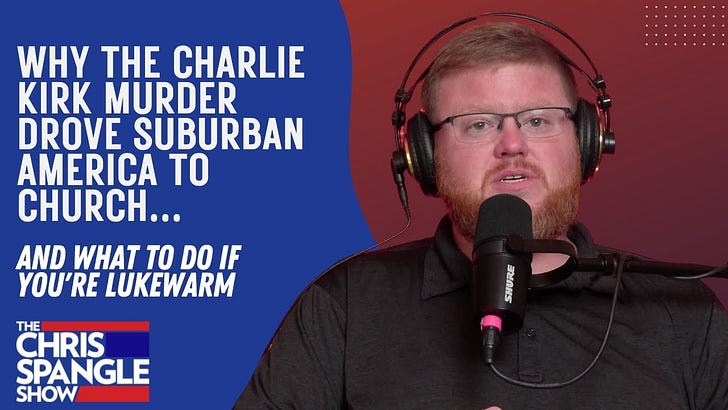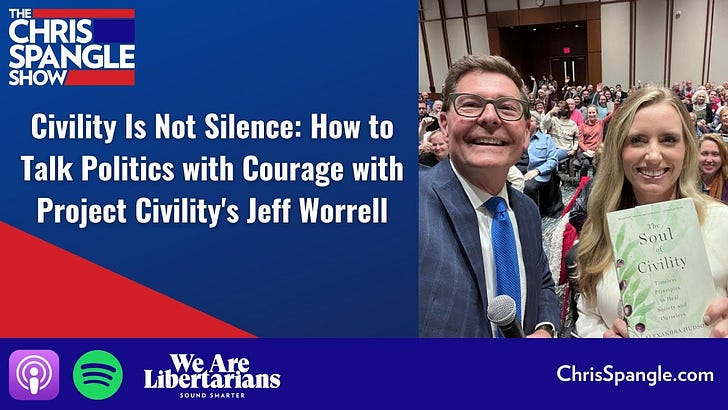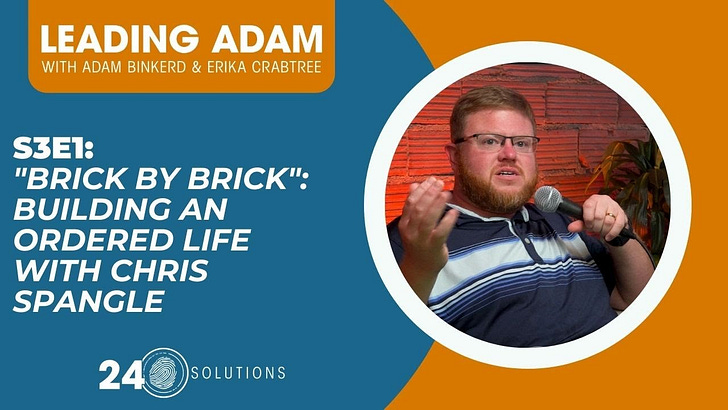Audio podcasts are fairly cheap and easy to produce, but the video adds a lot of complexity. Is it worth it? In this episode, I'll discuss the pros and cons of adding video to your podcasting.
Pros
1. Social Media is your main marketing channel, and they’ve prioritized video.
2. It expands the reach of your podcast through search.
3. People that don’t listen to podcasts might see it on YouTube, Facebook, or LinkedIn video.
4. A video promo through TikTok or Reels is more eye-catching than a Headliner-style video. This allows you to quickly communicate your show's main idea to people who may never listen.
5. Reach podcasts around the globe. [https://www.statista.com/statistics/1320447/poland-platforms-for-podcast-listening/?utm\_source=podnews.net&utm\_medium=email&utm\_campaign=podnews.net:2022-10-11]
Cons
1. Expense.
2. Difficulty
3. It takes more time. Not just the production but editing and distribution
Transcript
0:00:00.0 S1: Should you do video for your podcast, we'll answer that here on podcasting and platforms with Chris panel, I'm your host, Chris bangle, and I've got five pros and three cons to doing video with your podcast. So let's start with the pros. The first is that social media will be your main marketing channel, and those social media channels have prioritized video, Facebook and Instagram recently made a switch to compete better with TikTok.
0:00:26.6 S2: Tiktok is now the number one social media platform, they started outpacing Facebook over the last year.
0:00:32.5 S1: So to compete, they are now prioritizing reels, that's what you see reals everywhere. It also solves another problem: they don't want you to see your uncle's Facebook updates about politics.
0:00:44.7 S2: So they're de-prioritizing your friends and family and putting creators above everybody else in all of these algorithms.
0:00:52.1 S1: So that has huge implications for content creators. So if you do video, then you will have a video like this that you can edit into TikTok, number two, it expands the reach of your podcast through search. The second largest search engine in the world is YouTube. Think about it. How did you get here? Right.
0:01:10.8 S2: How to start a podcast? Should I do video? You start asking you two questions. That's how you change the tire on your car or make a better recipe, and so if you have a niche, then you can be one of the people standing out in your knee, you go find the thing that you're nerdy about... For me, it's Indiana history. So I go to YouTube and I type in Indiana history, and there's very few YouTube videos. Well, that's an opportunity for me to start creating content that reaches people who are interested in the same thing I'm interested in, and can then start building a community.
0:01:42.1 S1: Number three, people that don't listen to podcasts might see it on YouTube, Facebook or LinkedIn for the Chris pan will show, I use something called stream yard, that's what I'm recording on right now. And it allows me to use a pre-recorded a video to blast out to eight different media channels, so for instance, I aired an episode last night that was pre-scheduled and ran through stream yard that I posted to three Twitter accounts and two Facebook groups and a couple of pages, you can add it to YouTube channels, so you can expand your reach to reach a larger group of people, for instance, this video will air on my LinkedIn channel, so it will create an event on LinkedIn that people can then go back and watch that video, so those are people who might not necessarily watch podcast, listen to podcast, know your podcast exists, use the Apple Podcast app, they may just be scrolling on Facebook, Twitter, tiktok, Instagram or whatever, and might see that streaming video and start to engage with your show number four, a video promo through tiktok reels is more eye-catching than a headline or style video.
0:02:52.5 S2: So this allows you to communicate the main idea of your show to people that may never listen, there's one podcast that I see on reels all the time, because they're now at the top of my algorithm, I think it's the concrete podcast with a K.
0:03:05.2 S1: I can recall that podcast, they're not... In my podcast app, I don't listen to their show, but
0:03:10.4 S2: I see their reels all the time because I like a couple of their videos, and I'm getting the main points from their show without ever downloading it, and
0:03:18.8 S1: At the end of the day, you may say, But I want the downloads. It doesn't matter, your goal is to communicate ideas to build community and through whatever channel you're doing that, it really is important, and it really does help you because you're spreading your ideas and you're connecting with people maybe on different platforms than your originating source. Number five, reach podcast around the globe, you've bought Music and iTunes or Apple Podcast, and you see the charts and Spotify and they're connected to your country, but your show may not show up as high in the search rankings around the world. And take a look at this chart from Poland in 2022, 73% of people in Poland listen to podcasts on YouTube. The
0:04:04.9 S2: Next amount, 37% listen on a website and Spotify is at 21%, Apple Podcast is at 2% in America, that's usually 75%, 80% of your downloads, so you're reaching across the globe, a totally new audience, if you're on YouTube and allowing yourself to be searched with keywords.
0:04:24.8 S1: Now, let's move on to the cons. Number one is expense.
0:04:28.1 S2: So I'm recording this video on my laptop, it's a MacBook Pro, it's got a good camera, I've got my nice background, and I'm being fairly lazy about it, but
0:04:37.2 S1: In past videos, you'll have seen the fancy DSLR shot going into my ATM switcher using a teleprompter that set up, cost a lot of money. I just did my taxes and spent over 8000 last year on video equipment alone to get the look I wanted.
0:04:59.4 S2: That's expensive. You may not have that I'm fortunate to monetize my podcast, so it allows me to buy new equipment and expand my abilities, so there is a larger expense when it comes to how you want it to look, so you could use your laptop if it looks good, like this, or you could use a DSLR camera, if you wanted that depth of field book, you could use a Logitech camera for 120, the range is really variable, so for audio podcasting, the most you're really ever going to need to spend is maybe 1500, you can get great sounding professional equipment for around 800, if you go to podcasting platforms dot com, check out the tool box, I've made a ton of suggestions there where you can buy cheap equipment, I've also added video options like my DSLR camera and my set-up, but it not only adds expense in terms of equipment, it also adds expense in terms of the time stream yard, which I mentioned before, cost me an extra 50 a month if I were doing just an audio podcast, I wouldn't have that expense. I would use Zoom, which is only 15 a month, which I also pay for.
0:06:10.0 S2: Also adds to the expense of editing, if you're hiring an editor to edit your podcast, like I'm doing with this one, I'm hiring somebody to edit this podcast and take out all the mistakes and pauses that I'm making... They have to take more time to work with the video because a bigger files, it's a little harder to edit audio and make the cuts than it is for audio, so
0:06:32.8 S1: It adds to your overall expense now, it also adds to difficulty. That's number two, it is more difficult to work with video, it's
0:06:42.0 S2: More difficult to get your guests to sign up to participate on a video, sometimes people just don't want to get made up and sit in front of the camera and talk. They just want to do their podcast and be left alone and not have to get dressed up, you're already asking them a favor to do your show, and now you're asking them to look nice when they work from home. Come on. So there's an added layer, difficulty there... Again, there's also an added layer of difficulty if you're editing your own stuff, then in terms of buying an editor, you can use some free editors, but they're not nearly as good as Adobe Premier, which is what I work in. And an Adobe Suite is going to cost you 50 a month as opposed to maybe free for Microsoft Movie Maker, or I think the venue may be free for audio, you can use Audacity to edit in. I use Adobe Audition, again, that's part of that 50 package. So again, your difficulty and your expenses increase, which means number three, the biggest reason not to do video is time, it just takes more time, it takes more time to set up a video that looks good, it took me time to buy all of these books to make this background, it took me time to build the bookshelves and to think through how I wanted it to look, it took me time to set up all of the equipment to make it look right.
0:08:06.6 S2: You know why I'm recording on my laptop today because my equipment is broken down because I'm using it for shoots elsewhere, and it just takes so long to set up the teleprompter and the camera and get the settings back correct. The way that I want them to look and then to set up the lights and to set up the Leds, it just takes time to make it look a certain way, it
0:08:27.5 S1: Takes time to edit that video with more distribution points, it takes more time. Right.
0:08:32.6 S2: So if you're putting this video, if you're just uploading audio podcast... I go into megaphone, I upload a podcast. And I'm done, right? But if I'm uploading a video, I'm uploading it to Facebook, YouTube, LinkedIn, Instagram, reels, and my website. Plus the audio side, so the distribution takes you more time, so you really have to weigh... Is it worth it? I work with clients who don't do video, they just do audio, they don't care about the promotional side, they're using other means to promote their podcasts through social media, not using video, and they're doing fine, and he... And their main reason, again, is that they do a lot of interviews, they don't have a lot of time, they don't wanna spend the extra money and having me at a video, they don't have time, they don't have money, and they don't want the difficulty... That's totally okay. You're going to have some trade-offs, you get to save that time and save that expense, but you may not have nearly as much exposure, so it really matters how you want to do it, but if you're trying to think this through and you want to hire me to figure it out, then you can go over to leaders and legends dot net, book a consulting call with me and I'll help you make the decision, do you wanna do audio? Video, if you're doing audio now and you wanna upgrade your system, then reach out to me and I'm happy to work with you, or you can always go to podcasting a...
0:10:01.7 S2: Platforms dot com, send me a message Chris at podcasting and platforms dot com, and I'm always happy to respond there, so thank you for watching podcasting and platforms, and I hope you found this informative and helpful.





